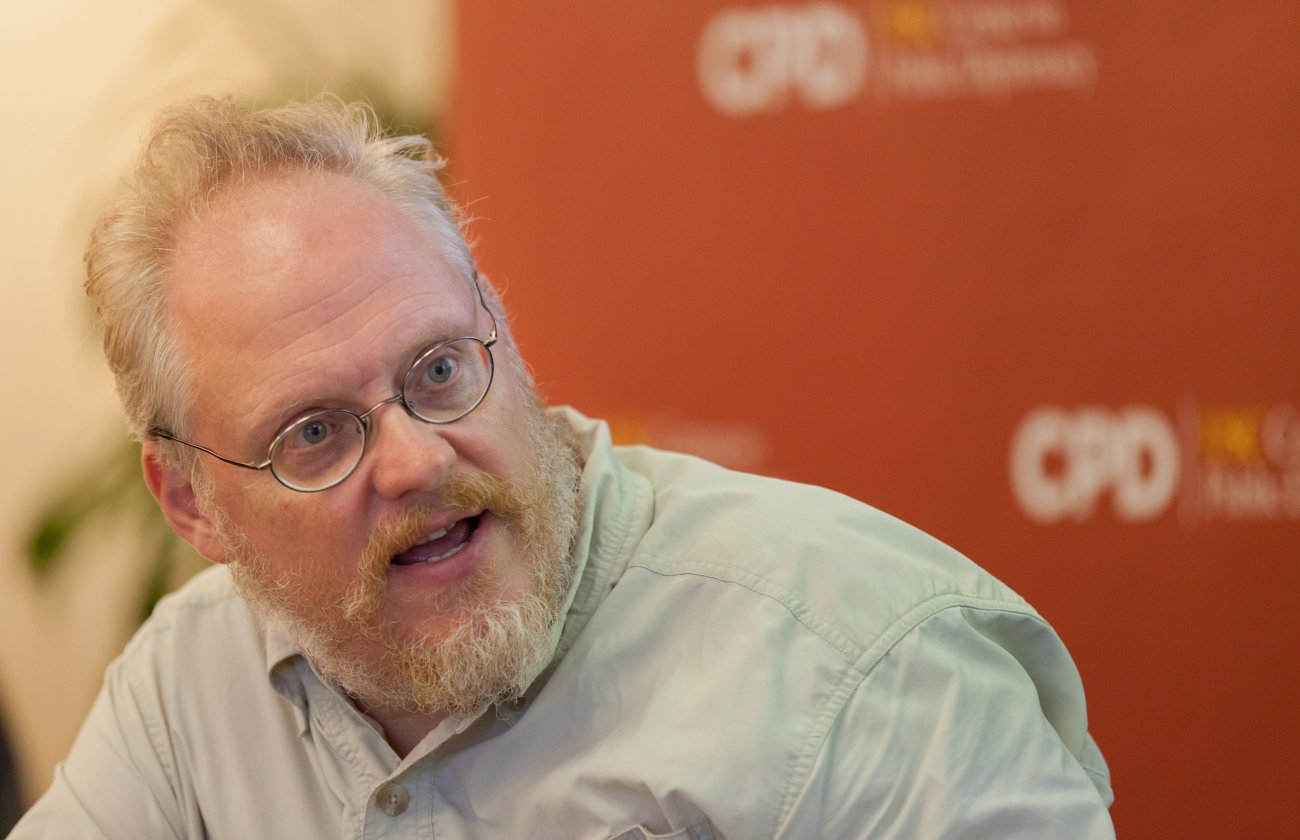Communication professor Alison Trope presented a talk on the multi-faceted nature of Hollywood in an April 9 Research Seminar held at USC Annenberg. Trope recently published a book titled “Stardust Monuments: The Saving and Selling of Hollywood” in which she discussed the identity of Hollywood as something beyond just a movie-going experience. She argued that the culture and effects of Hollywood have permeated through our everyday lives. “Throughout the book, I examine signs and sights in museums, retail stores, restaurants, cable channels, and the internet,” Trope said. “They serve the function of shedding light on [Hollywood’s] myriad identities as an artifact, art, entertainment, social document, educational tool, memorabilia, merchandise, and object of cultural history.” Trope talked about a Hollywood museum, one that was planned in the 1960s but never actually built, as something that would’ve solidified Hollywood’s identity. According to Trope, the competing interests that have risen in the form of Universal Studios and the Wax Museum have hindered the creation of the museum. “These institutions have indirectly impacted the museum and what it has planned in its uniqueness,” Trope said. Connecting it to the present, Trope discussed possible answer to the question: Where is Hollywood and where can we find it? Her answer was that there are “theme spaces, like Planet Hollywood that try to capture a Hollywood experience with artifact displays and making consumer feel like stars,” as well as “collectible artifacts that offer insights into backstage.” Even with the introduction of the digital age, Trope argued that the meaning of Hollywood hasn’t taken on a new form. “The meaning of Hollywood doesn’t necessarily change through these new avenues, but they are instead the same sanctioned narratives,” Trope said.
Trope dissects Hollywood and its meaning
April 10, 2012
Updated May 3, 2023 11:47 a.m.









